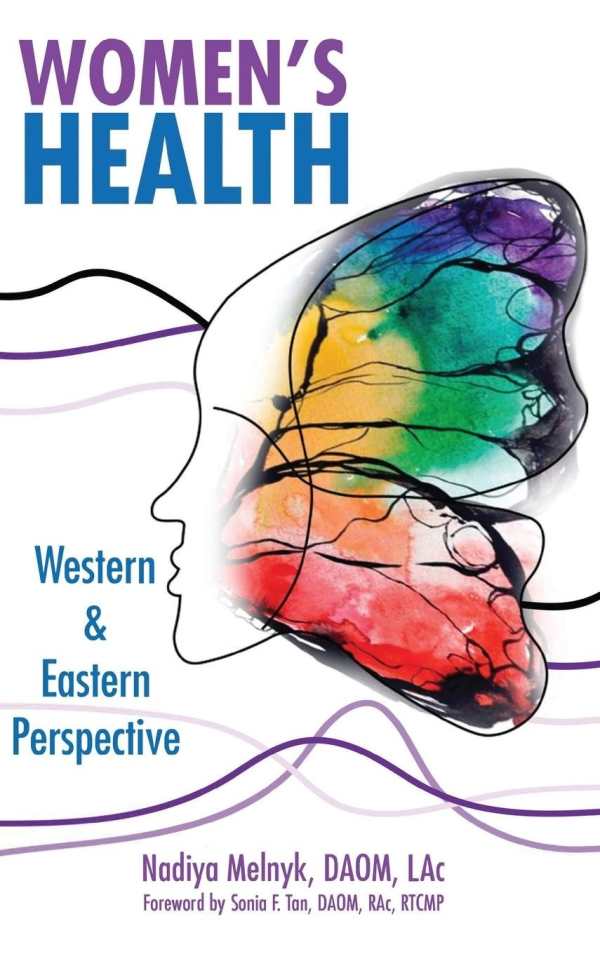Women’s Health
Western and Eastern Perspective
Supportive and encouraging, Women’s Health is an empowering book full of helpful suggestions for improving women’s overall quality of life.
Nadiya Melnyk’s Women’s Health is an even-handed explanation of medical approaches to women’s ailments, self-care choices, and healthcare options.
Melnyk, an acupuncturist and traditional Chinese medicine practitioner, delivers information about women’s health issues in an accessible way. Topics include hormone imbalances, infertility, thyroid problems, and sleep disorders. Chapters incorporate case studies, and the appendixes gather test ranges and treatment details alongside an extensive reference list.
An educational text that empowers women with knowledge about a variety of medical treatments, the book aims to give its audience more control in the decision-making and healthcare processes. Herein, scientific information is conveyed in a straightforward, compassionate way. Rather than presenting health issues and body parts as separate, the book preferences a holistic viewpoint.
The consistent focus is on the strengths and limitations of both Eastern and Western medical traditions. Direct graphic elements complement these explorations, as with a yin/yang symbol that helps to illuminate a central discussion about traditional Chinese medicine’s emphasis on maintaining balance to achieve good health and a sense of well-being. Additional charts help to clarify the qi (life force) cycle, too, making sense of various physical processes, including in the stomach and dietary selections for related challenges. Eastern concepts—like “dampness,” or the accumulation of fluid—are well explained.
Case studies are written as stories and help to illuminate the book’s points in a more personal way, as with an account of a woman facing severe joint pain and impaired mobility that is compelling in capturing the differences between Eastern and Western treatment. An exploration of acupuncture versus surgery also results in helpful information about finding relief.
Lively wording helps to make the technical material interesting. Clever concepts, such as giving the pituitary gland a round of applause when food is properly metabolized, result in entertaining images. A few clichéd phrases are repeated for emphasis and to underscore the book’s approach.
To support self-assessment, the book includes clear lists with boxes to check off, helpful for reviewing hormone, kidney, spleen, liver, and heart deficiencies and excesses. Many useful suggestions are delivered as achievable changes that require only modest lifestyle adjustments—suggesting, for example, the best time to go to sleep, healthy food selections to help maintain a good weight, and exercise programs that are easy on the joints, like tai chi. Gentle reminders to take small steps toward these goals and praise for partial efforts are also included.
Supportive and encouraging, Women’s Health is an empowering book full of helpful suggestions for improving women’s overall quality of life.
Reviewed by
Andrea Hammer
Disclosure: This article is not an endorsement, but a review. The publisher of this book provided free copies of the book and paid a small fee to have their book reviewed by a professional reviewer. Foreword Reviews and Clarion Reviews make no guarantee that the publisher will receive a positive review. Foreword Magazine, Inc. is disclosing this in accordance with the Federal Trade Commission’s 16 CFR, Part 255.

